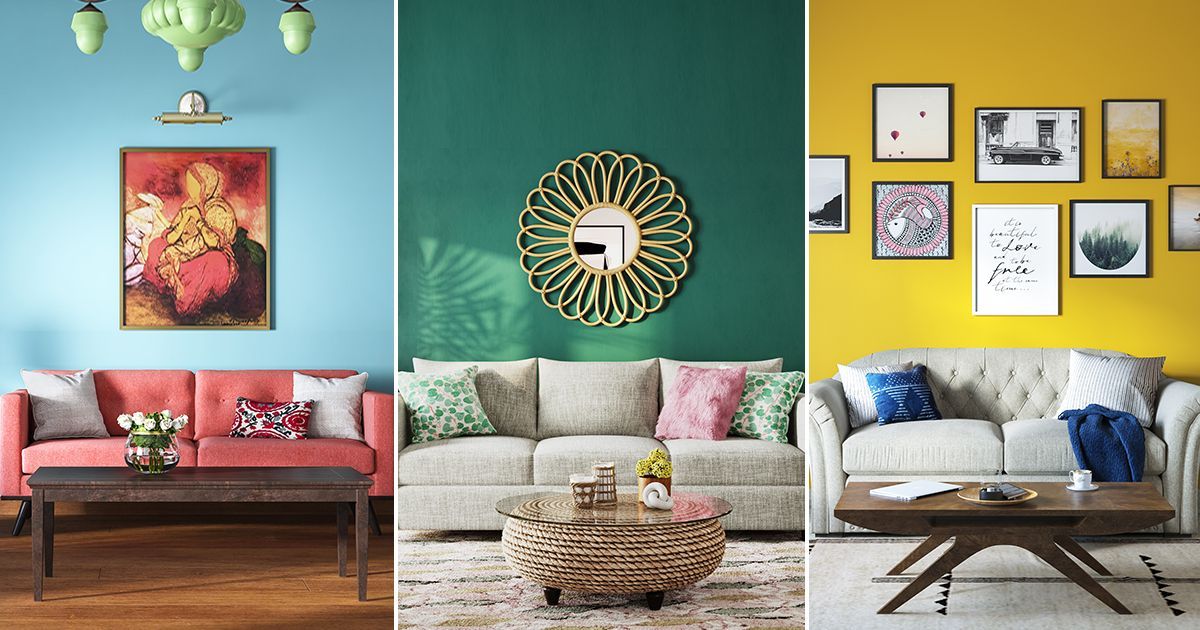Find skilled interior design firms for modern and classic styles.
Find skilled interior design firms for modern and classic styles.
Blog Article
Change Your Home With Important Principles of Inside Layout and Aesthetic Appeals
By recognizing the influence of color concept and the significance of structure and patterns, one can create spaces that are not only visually attractive yet likewise deeply individual. Achieving this balance includes even more than plain decoration; it includes a critical setup and a keen understanding of how each component communicates within an area.
Comprehending Shade Concept
Understanding the principles of color concept enables designers to develop areas that resonate emotionally with occupants while meeting practical needs. Each category plays a critical function in establishing consistency within an area.
The psychological effect of colors is extensive; warm shades such as reds and oranges evoke energy and heat, while great tones like blues and eco-friendlies promote peace and serenity. Furthermore, using corresponding colors improves visual rate of interest, creating striking contrasts that can boost a space's allure.
Neutral colors, on the other hand, offer as a versatile backdrop, allowing other layout elements to radiate. It is necessary to take into consideration elements such as lights and the space's function when picking a color palette, as these can change the assumption of colors throughout the day.
Ultimately, a well-considered color design can change a room, fostering a sense of convenience and design that lines up with the occupants' preferences. Proficiency of color theory is, as a result, a vital skill for any interior developer intending to develop harmonious and inviting environments.
Accomplishing Equilibrium in Layout
How can designers achieve a sense of balance in their rooms? Attaining equilibrium in layout is essential to creating harmonious interiors. Designers can use 3 key kinds of equilibrium: balanced, unbalanced, and radial. Balanced equilibrium entails arranging elements equally around a main factor, promoting a feeling of order and peace. This kind usually includes sets of furniture or artwork, improving visual stability.
Asymmetrical balance, on the various other hand, relies upon differing elements that still attain a natural look. This strategy permits even more vibrant and informal arrangements, providing rate of interest while keeping balance. By meticulously choosing varying dimensions, colors, and structures, designers can create an aesthetically compelling space that really feels well balanced yet energetic.
Radial balance highlights a central prime focus with elements radiating external. This design is frequently seen in round formats, where furnishings and design develop a natural surround that attracts the eye inward.
Inevitably, achieving balance requires thoughtful consideration of scale, proportion, and the partnerships between elements. miami interior design. By skillfully using these balance principles, designers can change rooms right into settings that really feel both visually pleasing and functionally unified, enhancing the overall experience for occupants
Significance of Spatial Awareness

An eager feeling of spatial awareness allows developers to recognize prime focus within an area, directing the viewer's interest to key features while preserving a general feeling of unity. It also helps in the critical positioning of lighting, which can drastically influence the assumption of space and mood. In addition, comprehending spatial partnerships enables the designer to deal with the certain requirements of inhabitants, making certain that each area serves its desired purpose without compromising aesthetic appeals.
Inevitably, spatial recognition is essential for making best use of the potential additional info of any indoor space. By meticulously taking into consideration the interaction between dimensions, design, and function, developers can develop atmospheres that not only fulfill useful demands however additionally stimulate a feeling of comfort and charm, enhancing the general living experience.
Integrating Texture and Patterns
Welcoming a diverse variety of structures and patterns can substantially enhance the aesthetic and tactile allure of an interior room. The strategic use different materials-- such as wood, steel, textile, and rock-- produces depth and rate of interest, making a space feel much more welcoming and vibrant. Incorporating smooth surface areas with harsh appearances can develop a balance that draws the eye and engages the senses.
When including patterns, think about both scale and rep. Huge patterns can offer as prime focus, while smaller sized, refined layouts can complement various other aspects without frustrating the next page space. Layering patterns, such as pairing flower pillows with striped throws, adds complexity and a sense of consistency if carried out thoughtfully.
It is also critical to keep a cohesive color scheme, ensuring that appearances and patterns collaborate instead of contend for attention. By selecting a few vital structures and patterns, you can create an unified aesthetic that mirrors your personal style while improving the overall setting of the space. Ultimately, the cautious incorporation of these components can transform an ordinary room into an advanced atmosphere rich with personality and warmth.
Customizing Your Room
Developing an area that reflects your individuality is crucial to attaining a really welcoming setting. Customization in interior decoration permits you to instill your distinct design and passions into your home, transforming it from a simple shelter into a sanctuary that speaks with who you are. Begin by picking a color combination that reverberates with your feelings-- vibrant colors can invigorate, while soft tones supply tranquility.
Incorporate art work and style that mirror your passions, whether it be travel, nature, or abstract concepts. Presenting individual collections, such as books, photographs, or mementos, can straight from the source evoke cherished memories and create focal points within a space. In addition, think about personalizing functional pieces, like upholstered furniture, to line up with your aesthetic choices.

Conclusion
In final thought, the change of a home through the vital principles of interior decoration and visual appeal necessitates an extensive understanding of color concept, balance, spatial understanding, texture, and customization. Each element adds significantly to developing an unified and functional living atmosphere - interior design firms. By thoughtfully integrating these principles, people can enhance the visual charm and emotional resonance of their rooms, ultimately cultivating a home that shows one-of-a-kind identities while supplying convenience and usefulness
Report this page